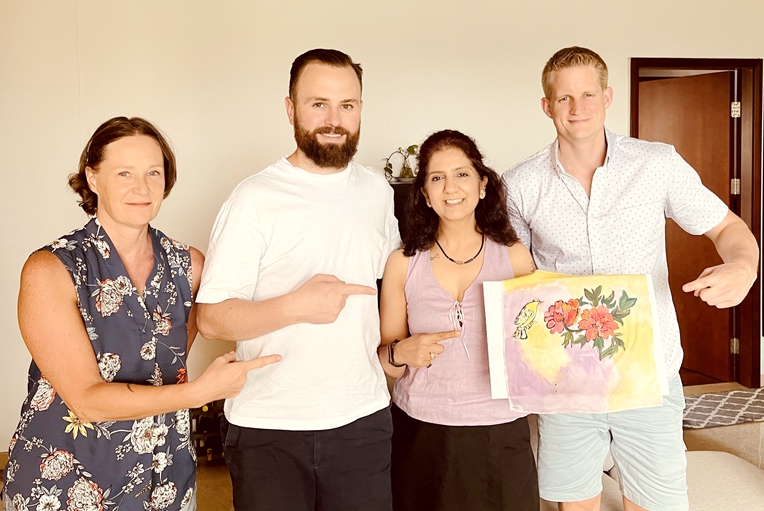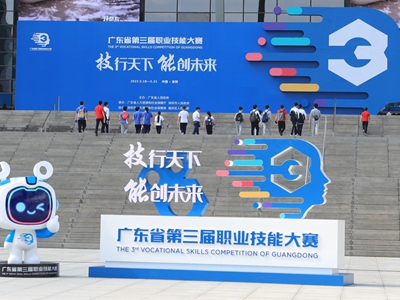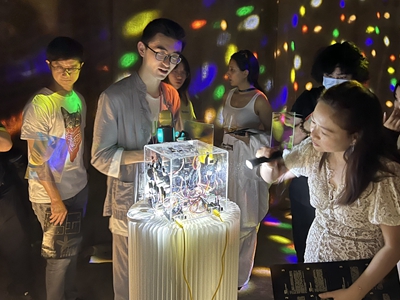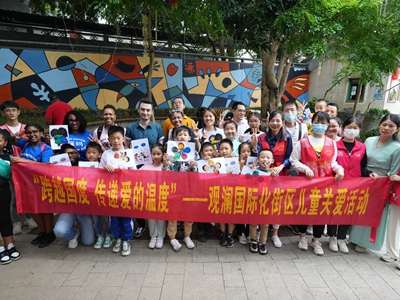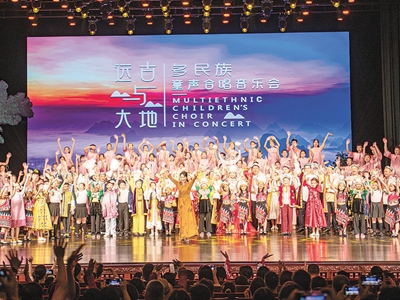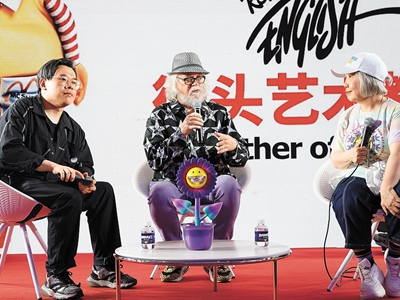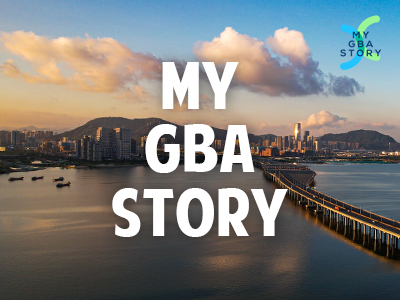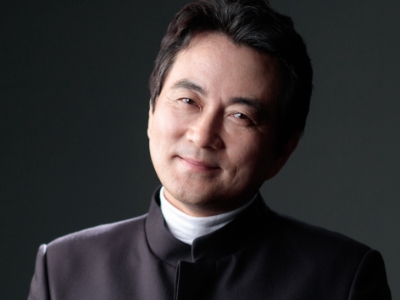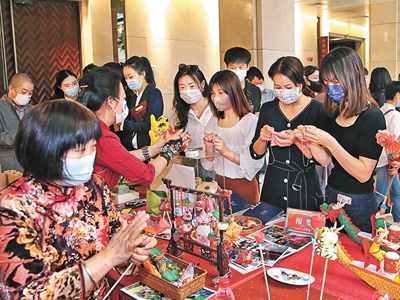Love from Persia, destination of the Silk Road
Writer: Guan Wanwei
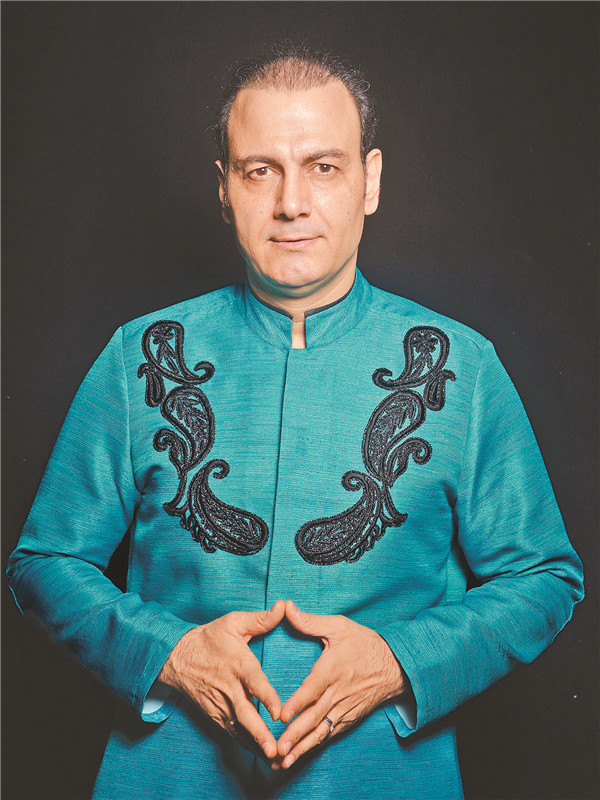
Alireza Ghorbani, head of Iranian orchestra Eshitagh. File photo
Email of the writer: anyart@163.com
The Iranian orchestra Eshitagh will present a concert featuring Iranian traditional music for audience members who grab a ticket to the March 26 show at Shenzhen Huaxia Art Center.
Iran is one of the destinations along the Silk Road, making this performance by Iranian Eshitagh a very meaningful one at the 2018 Belt & Road Shenzhen International Music Festival.
During the Tang Dynasty (618-907), Iran and the Arab region were known as “Dashi” by Chinese people, and at the time Dashi had developed close cultural and business relations with ancient China, leading to exchanges of culture.
Traditional Iranian music can be traced back to the Sasanian Empire, which coincided with the Wei (220-265), Jin (265-420), and Southern and Northern (386-589) dynasties in China. The Sasanian Empire was conquered by the Arabs in 651, and the Persian Empire soon became Arabic, leading to the influence of Arabic sounds on Iranian music.
If you listen to traditional Iranian music nowadays, you can still glean traces of Arabic influences from it. The musical instruments used in it are similar to those historical music from Central Asia, West Asia and the northwest region of China.
For instance, the Iranian musical instrument tar is similar to the rewap, an instrument created by Uyghur people in China. The Iranian percussion instrument santur is similar to the dulcimer in China. And the Iranian two-stringed instrument setar and Uyghur instrument dutar are also very alike.
Although Iranian music has been influenced by Arabic culture, the music genres and theories belonging to Iranian music are quite different from those in Arabic music, which is perhaps due to the rich cultural deposits accumulated by the successors of the ancient Persian Empire.
The Persians have played a variety of plucked instruments since the Achaemenid Empire. Therefore, one can make the bold speculation that Persian music influenced West Asia and even affected the Arabs following the time after the Persian Empire made remarkable cultural achievements.
The musical elements absorbed by the Arabs from the Persian Empire, on the other hand, also affected Persian music after the Sasanian Empire was conquered by the Arabs. Of course this is just a speculation and it’s difficult for us to prove it.
There are 12 kinds of basic melodies in Iranian traditional music, and they can develop into over 300 melodic types, but Iranian traditional music is known as single-melody music. Between the 10th and 14th centuries, Persian classical rhymed verses, folk songs and lyrical poetry became the main components of Persian musical culture. This indicates that secular music is an important part of Iranian traditional music.
Eight songs will be performed by Eshitagh at the concert March 26, including “Creation,” “Lovely Love,” “Chant,” “Tasnif,” “The Bow of the Wisdom,” “Rainbow,” “Servant of the Moon” and “Parizad.” Most of these songs are about secular themes.
A common Iranian singing style featuring trills and the interchange of the singer’s natural voice and falsetto is often used in Iranian traditional vocal music.
“Tasnif” is the name of a popular Iranian traditional musical genre. Most Tasnif songs were written in the early 20th century, with lyrics reflecting the constitutional movement in Iran. When chanting a Tasnif song, singers can change the song’s tempo based on their mood and emotion as well as add notes or extend syllables.
Arabic songs are usually fast-tempoed and have ups and downs. On the contrary, Persian songs are mild, melodious and similar to folk songs heard in the northern shore of the Mediterranean Sea. Maybe this is because the Persians have similar feelings when they look out over a prairie as the Mediterranean people do when they look at the sea.
The concert to be presented by Eshitagh will be a window into a deeper understanding of the culture and history of Iran’s ancient civilization for Shenzhen residents.
Love From Persia: Concert of Iranian National Traditional MusicConcert Info:
Orchestra: Iranian Eshitagh
Time: 8 p.m., Monday, March 26
Tickets: 100, 180, 280, 380 yuan
Venue: Shenzhen Huaxia Art Center, 1 Guangqiao Street, Overseas Chinese Town, Nanshan (南山区华侨城广侨街1号华夏艺术中心)
Metro: Line 1 to Overseas Chinese Town Station (华侨城站), Exit B
(Story translated by Zhang Yang)
